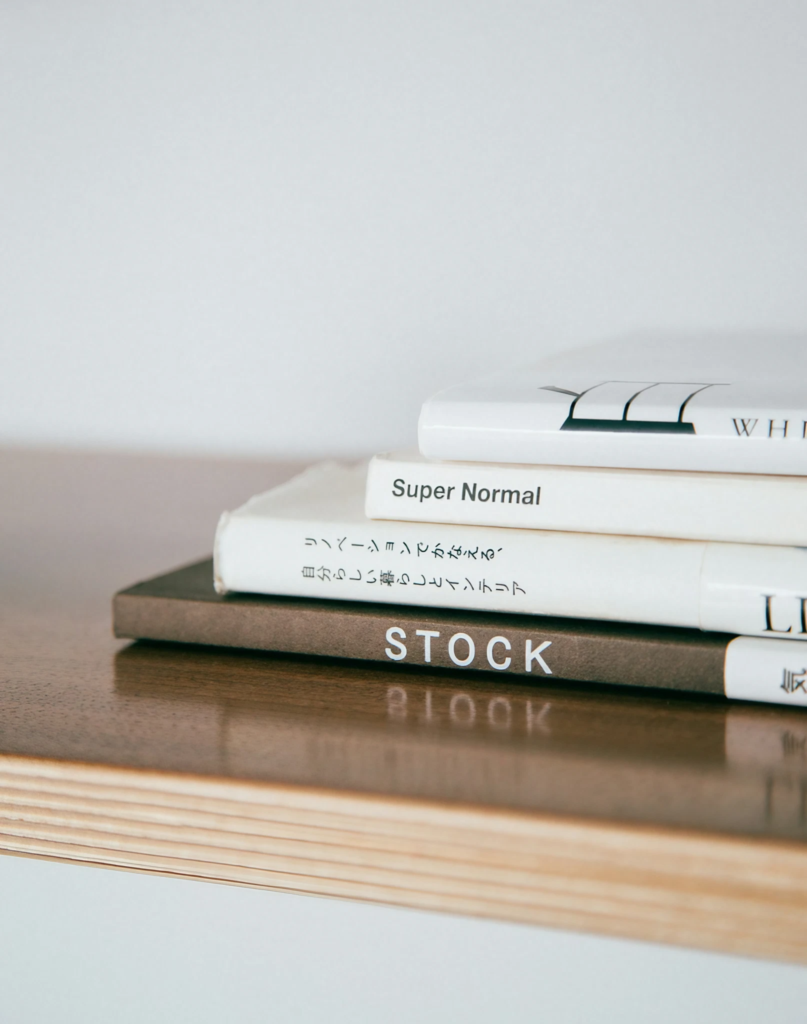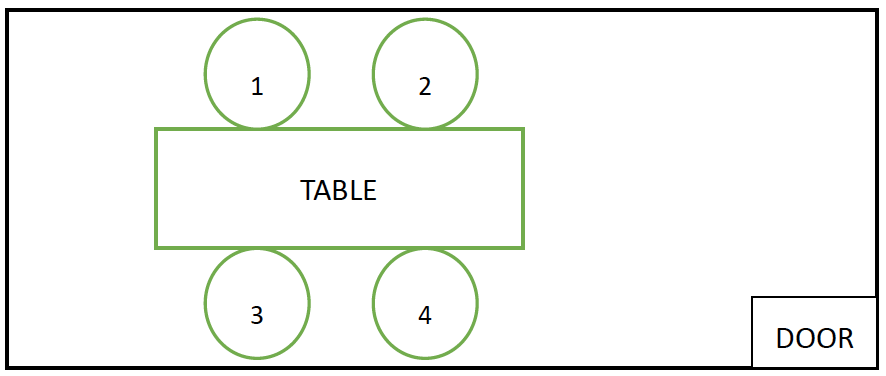Keigo and Beyond: Navigating Japanese Corporate Culture
Let’s face it. Learning Japanese is tough. There’s no shortcuts. Even after passing the Japanese Language Proficiency Test (JLPT), some of us still feel like infants trying to communicate in a grown-up world. This is especially true when it comes to Japanese business manners and the formal language known as keigo.
If you’re thinking about working in Japan, landing a job with Japanese companies in the US, or working on improving your Japanese speaking skills, getting the hang of these nuances is super important. We’ve whipped up a fun little quiz for you to try out. Once you finish, we’ll walk you through the interesting world of Japanese business etiquette, making it easier to understand all those little details.

The Challenge of Learning Japanese and Its Culture
Keigo
Mastering Japanese is no small feat—only a few really pull it off! The grammar, kanji, and cultural nuances make it one of the toughest languages for English speakers. Even after studying for years, many still find themselves grappling with the subtleties like tone and formality. Passing the JLPT feels like a big win, but it doesn’t completely get you ready for the complexities of keigo. This way of speaking, which emphasizes politeness and respect, can really throw off even the more advanced learners. It’s kind of like having the vocabulary of an adult but the conversation skills of a child when you first step into a Japanese workplace. Just understanding the words isn’t enough; you’ve got to know how to use them in different social situations. And as your Japanese improves, those expectations just keep getting higher!
Business Etiquettes
Navigating Japanese business etiquette can be a bit tricky because of all the spoken and unspoken rules. For those who grew up in Japan, these nuances are second nature, but for non-Japanese folks, it can feel overwhelming. But don’t stress! Most Japanese people won’t be offended if you miss a few things. What really counts is your effort to respect these customs—showing that you’re culturally aware goes a long way. This effort can really boost your professional relationships and open doors for successful collaborations in the Japanese business scene.
Honestly, even native Japanese speakers can trip up on keigo and manners! So if you make a mistake, don’t sweat it—just learn from it and move on!

Quiz to Test Your Knowledge
Think you’ve got a handle on Japanese business manners? Take this quiz to find out!
Business Manner Quiz (PDF)
Question 1
Which of the following phrases would be more appropriate to use with a coworker at the workplace or a client at a business meeting? Match them up appropriately.
①「お世話(せわ)になっております」 ・A 同僚(どうりょう)
②「お疲(つか)れさまです」 ・B お客様(きゃくさま)
Question 2
Which seat is “Kamiza”; a seat where a client or superior should be seated? Mark the numbered seat in a typical meeting room setup.

Question 3
It is best to put away a business card immediately after you receive it. Yes or No?
Question 4
When departing work for the day, which one of the following is the most appropriate greeting?
① さようなら (Sayounara)
② お先に失礼します (Osaki ni shitsurei shimasu)
③ ごめんください (Gomenkudasai)
④ バイバイ (Baibai)
Question 5
When answering a phone call from an outside number at work, which of the following is considered most appropriate?
① もしもし (Moshi moshi)
② 会社の名前を言う (Kaisha no namae wo iu)
③ こんにちは (Konnichiwa)
④ 自分の名前を言う (Jibun no namae wo iu)

How Did You Do?
Check your answers and see how well you understand Japanese business manners!
1. ①B ②A
Phrase お世話(せわ)になっております and its variation such as いつもお世話(せわ)になっております、大変(たいへん)お世話(せわ)になっております translate to “I am appreciative of your business” and/or “thank you for your support” and they are meant to be used for customers and business partners. You can use this phrase in-person, on the phone, and of course you can use it in email. On the other hand お疲(つか)れさまです、is used between co-workers. It can be used as opening of an email exchange, you can use it as a way to say “Hello, how are you doing” and if you make it a past tense, お疲(つか)れさまでした you can actually use it in place of a “goodbye” as well, which we will go into more details in #4.
Tip: You often hear the phrase ご苦労さまでした in the workplace, but it’s not something you should say to your co-workers, clients, or supervisors. It’s really meant for those in authority. It’s one of those nuanced phrases that you’ve got to think about carefully!
2. ①
In Japanese culture, there’s this neat concept called Kamiza (the best seat) and Shimoza (the lower seat). Typically, the seat furthest from the door is considered Kamiza. So, if you and your boss are expecting guests from ABC Inc., like Mr. Tanaka, the Manager, and Mr. Suzuki, the Assistant Manager, you’d want to have Mr. Tanaka sit in seat 1 and Mr. Suzuki in seat 2. Your boss would take seat 3, while you would grab seat 4, the one closest to the door.
Tip: If you’re a bit confused about which seat is which, just ask your coworkers for help! The kamiza can vary depending on how many seats there are, the types of seating (like whether it’s a sofa or a chair), and how many people are attending. It’s pretty common to rearrange the furniture in meeting rooms to make the kamiza clear!
3. No
Business cards are still a big deal in Japanese business culture! When you exchange cards, don’t just shove it away right after. Take a moment to ask about their title or what department they’re in—it shows you’re interested. If you’re stuck on what to say, you could always mention the office location. Just find a way to keep the conversation flowing!
Tip: Usually, you hand out your business card just once when you first meet someone. But if your title or company address changes and you get a new card, it’s totally polite to share your updated card again!
4. ② お先に失礼します (Osaki ni shitsurei shimasu)
We get it—this was a trick question! Sure, さようなら means “goodbye,” but it’s a bit too casual for the office on its own. And then there’s バイバイ, which literally translates to “bye-bye” in English—definitely the most laid-back option. ごめんください is a versatile option. It’s a polite way to say “hello” when visiting someone, like clients in their office, and you can also use it when you’re leaving. But when it comes to saying goodbye to your coworkers, お先(さき)に失礼(しつれい)します is your best bet. You can even mix it with さようなら or the phrase from question #1 お疲(つか)れさまでした、just to cover all your bases.
Tip: Maybe you’ve been looking forward to an opportunity to use さようなら since you learned it, but guess what? A recent survey found that 70% of people actually prefer saying things like またね, バイバイ, and おつかれさま instead. Just something to keep in mind!
5. ② 会社の名前を言う (Kaisha no namae wo iu)
That might have been a tough question because it really depends on the situation, right? But generally, you should steer clear of saying phrases like もしもし or こんにちは when you’re the first one to pick up the phone in the office. Also, it’s best not to mention your name before the company’s name. The order you want to follow is: company name, department name (if there is one), and finally your name. If a co-worker from a different department calls you or someone says, “Mr. Tanaka from ABC Inc. is on line 1 for you,” you can pick up and say もしもし followed by your name, and that works perfectly!
Tip: We think learning how to answer phone calls or make calls for yourself can be really tricky. A lot of us kept a memo with keigo phrases by the phone to avoid panicking. Once you memorize the phrases, it will come out naturally!
How did it go? No worries if you didn’t get them all right—mastering these nuances takes time and practice!
Let’s Keep on Practicing!
Japanese business manners might seem a bit overwhelming at first, but with some practice and patience, you’ll get the hang of it! Not only will this improve your professional interactions, but it’ll also deepen your appreciation for Japanese culture. After all, your curiosity about Japan brought you here, right? Let’s have some fun with it!
Thinking about stepping up your understanding of Japanese business culture by working for one? Whether you’re aiming to work for a Japanese company in the US or dreaming of a job in Tokyo, we’re here to help! Our recruiters at iiicareer can assist you with resume writing and share handy interview tips. You can always come and browse through our jobs!
Join our community of global business professionals—we can’t wait to hear from you!
www.iiicareer.com
Did you also know that there is a Japanese internet radio station?
You can listen to it anytime you want @ www.sakuraradio.com
We have Japanese music, news, podcasts and more!




